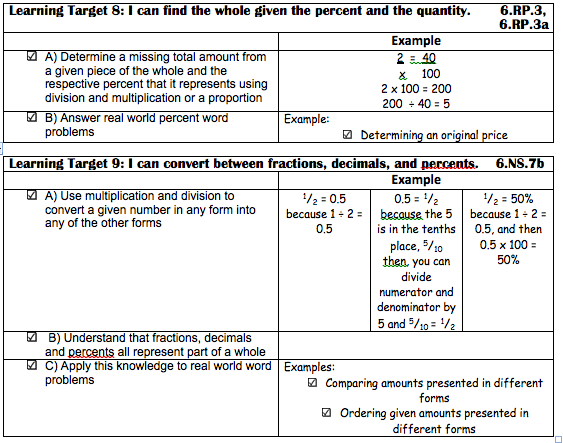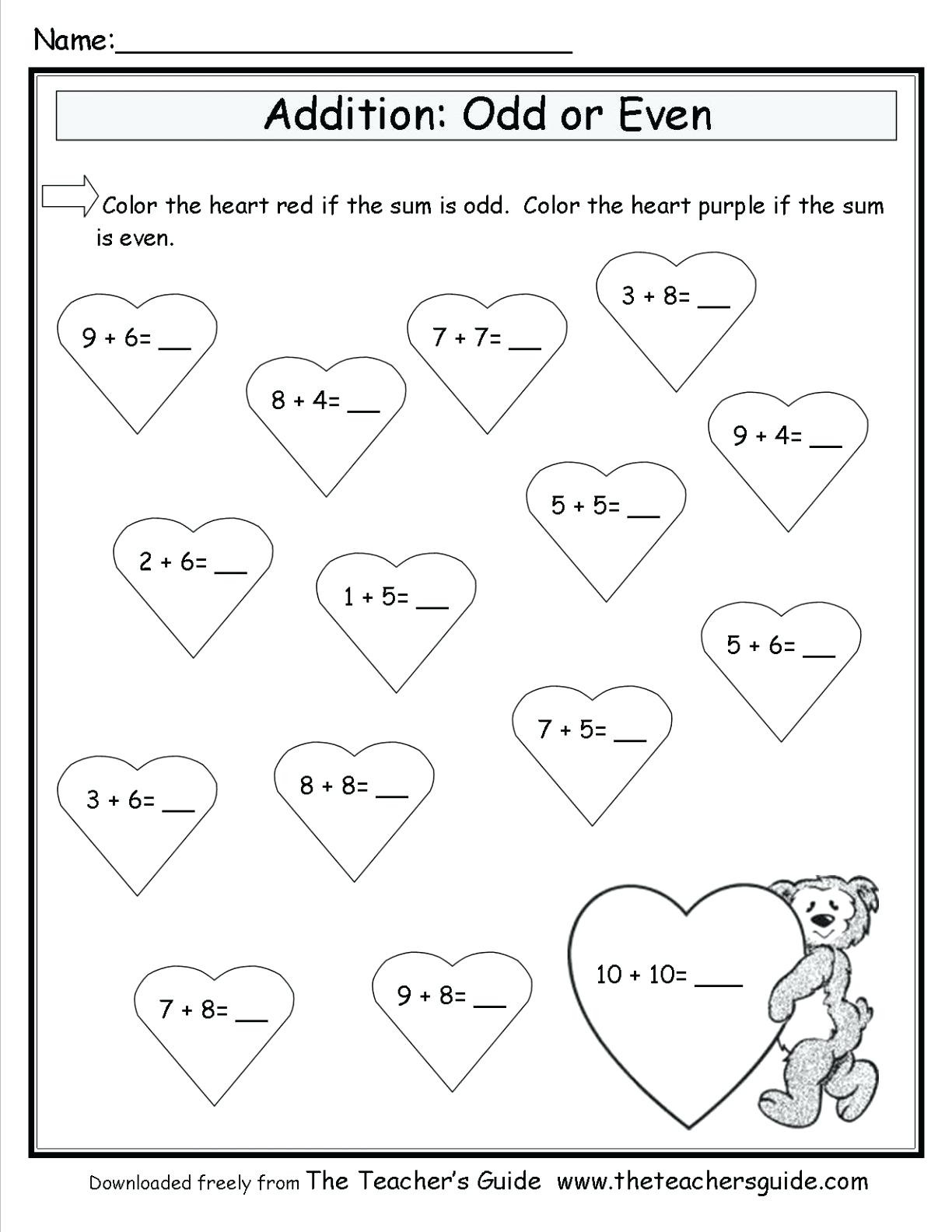- Fractions Decimals And Percentages
- Fractions Decimals And Percents Game
- Fraction Decimals And Percents Problems
- Percentage Fractions And Decimals
- Learning Fractions Decimals And Percents
Download microsoft lync instant messaging app. Learn quiz math unit 3 fractions with free interactive flashcards. Choose from 500 different sets of quiz math unit 3 fractions flashcards on Quizlet. During this unit, students continue their understanding of equivalency (that we began in Unit One) by generating and using equivalent forms of fractions, decimals, and percents to order rational numbers. We will build on our understanding of ordering positive forms of. Accelerated Grade 6 Unit 1 Unit 2 Unit 3 Unit 4 Unit 5 Unit 6 Unit 7 Unit 8 Unit 9 Acc6.3 Fractions and Decimals In the first half of this unit, students examine how the relative sizes of numerator and denominator affect the size of their quotient when numerator or denominator (or both) is a fraction. Iii Survive Math 5 Fractions and Decimals Table of Contents Introduction v Lessons 1 Pretest 3 Lesson 1: Representing Fractions—Parts of a Whole.

5.4. Decimals and fractions
5.4.1. Decimals


5.4. Decimals and fractions
5.4.1. Decimals
The Chinese invented decimals thousands of years ago, and decimals have been commoner than fractions in East Asia for a long time, while fractions had been more commonly used in the West since Mesopotamian Civilization.
The way to read decimals (しょうすう 'syôsû') in Japanese is similar to English. The decimal delimiter in Japanese is a period (not Japanese period but European period). To read decimals in Japanese, read the integer part first. Then say てん 'ten', which is the Japanese word for point, and say plain digit names after that. Omitting zero before a decimal point is not allowed in Japanese.
The euphonic change rule is applied for the word てん, so number 1.3 should be pronounced as い
ってんさん 'itten san'.
There is a detailed rule to make pronunciation rhythmical. You can skip this part. The digit immediately before a decimal point is paired with the decimal point, and the digits after the decimal point are paired every two digits. In those pairs, the digit 2 is pronounced as not に 'ni' but にー 'nî', and the digit 5 is pronounced as not ご 'go' but ごー 'gô'. These different phonemes guarantee that all digits have two morae, which means the same length of time for each digit, so you have a less chance to misunderstand.
For example, number 22.252 has two pronunciation pairs: '2.' and '25'. So its phoneme becomes にじ
ゅにーてんにーごーに 'nizyû nîten nîgôni
Fractions Decimals And Percentages
'. The last digit 2 is not paired, so its phoneme is not affected.Native Japanese speakers are not aware of the rule, even though they use it. The reason why they read decimals with the rule is that the Japanese language has a strong preference for four-beat rhythm. Making pairs of digits and pronouncing each of them in four morae satisfies the preference. The rule is used not only for decimals but all number sequences as well, such as phone numbers. Also, most colloquial abbreviations of compound words also have four morae. Please remember each mora has the same length of time.
Eight-beat rhythm is preferred as well as four-beat rhythm. You may have heard of はいく 'haiku', a Japanese traditional poem style. A haiku contains three phrases, which have five, seven, and five syllables respectively, and one of which has a word related to a season. The first phrase is pronounced with three rests, the second is with one rest, and the third is also with three rests, so they make eight-beat rhythm.
5.4.2. Decimal units
Before the introduction of the English way of writing decimals with a decimal point, the Japanese used decimal units for numbers smaller than one, and some of the units still survive in modern Japanese. They are similar to per cent in English. These are advanced vocabulary, and you don't have to memorise them now.
| Unit | Japanese | English |
|---|---|---|
| 10-1 | わり wa ri | one tenth |
| 10-2 | ぶ bu | one hundredth |
| 10-3 | りん ri n | one thousandth |
Units smaller than 10-3 are not in common use now. Digits before a decimal unit is always pronounced. Look at the examples below:
| Numbers | Digits and units | Descriptions |
|---|---|---|
| 0.1 | 1 × 10-1 いちわり i ti wa ri | Read 1 and the unit. |
| 0.302 | 3 × 10-1 + 0 × 10-2 + 2 × 10-3 さんわり れいぶ にりん sa n wa ri re i bu ni ri n | Read 1 and the unit. |
The unit わり 'wari' is a native Japanese word, and the rest are Chinese-origin words. The latter originally meant ten times the current values; the unit ぶ 'bu' meant one-tenth, and so on. Later the Chinese-origin units were shifted one-tenth smaller to avoid the conflict with わり, but they sometimes keep the original meaning in idioms, which may be confusing. For instance, the word ごぶごぶ 'gobugobu' means fifty-fifty, because the decimal unit ぶ meant one-tenth.
5.4.3. Fractions
Fractions (ぶんすう 'bunsû' in Japanese) are not so commonly used in East Asia as in the West, but it's good to learn how to read them in Japanese here because it's easy. Read the denominator first, then add the suffix ぶんの 'bunno', and read the numerator. In short,
Fractions Decimals And Percents Game
y ぶんの x means x/yFraction Decimals And Percents Problems
. ぶん 'bun' means dividePercentage Fractions And Decimals
, and の 'no' is the genitive marker. For instance, 2/3 is read さんぶんのに 'sanbunno ni'.Learning Fractions Decimals And Percents
- Next article in seriesThe months and the days
- Previous article in seriesCounters
